| Pompholyx sulcata; dorsoventral view of specimen carrying an amictic egg. The arrows mark the so-colled "Gosse-thread" with which the egg is attached to the rotifer. (2) |
| |
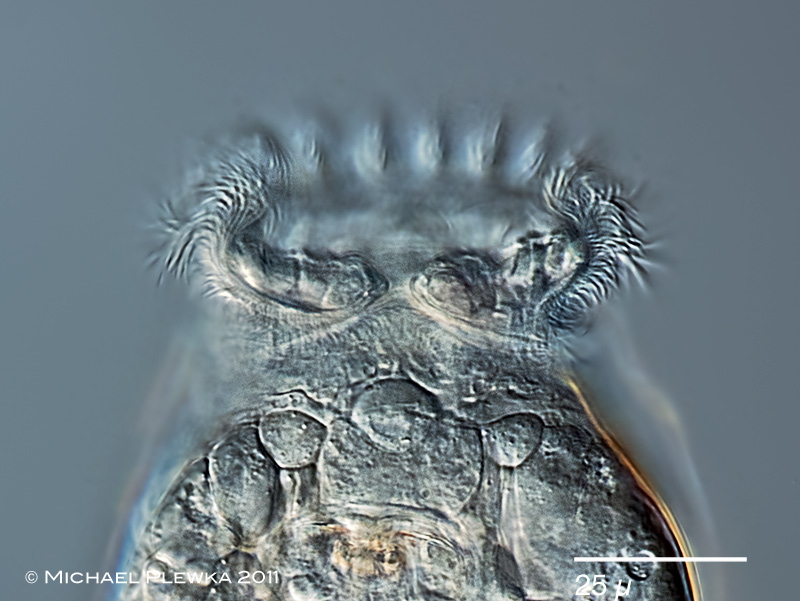 |
| Pompholyx sulcata; anterior part; dorsoventral view. The corona has a notch at the dorsal side. (which is in contrast to the description of KOSTE (1978), where the notch is located on the ventral side). See images below. |
| |
| |
|
Pompholyx sulcata; 4 still images from a video, optical transects of the anterior part in frontal view, different focal planes (6)
upper left: focal plane on the trochal cilia, which show counter-clockwise dexioplectic metachronal movement like other Gnesiotrocha as well)). Also in focus is the dorsal notch of the ciliary wreath.
upper right: another aspect, slightly caudally. The eyspots are located on the ventral side of the head.
Lower left: focal plane on the eyespot with lenses which are displaced in this specimen, so that it looks as if the critter is cross-eyed also visible is the buccal field.
lower right: outline of the trunk with bolster left and right; focal plane also on the trophi (slightly visible). On the ventral side some cilia of the cingulum ("chin") are visible.
Also the dorsal notch in the ciliary wreath is homologous to some other genera of Gnesiotrocha like for example Ptygura. |
| |
 |
| Pompholyx sulcata; another specimen, from (3). The yellow triangles mark the gland which produces the thread for atting the egg. This gland is not homologous to the footglands of other rotifers. Red triangles mark the buccal tube; green triangles: retractror muscles. (3) |
| |
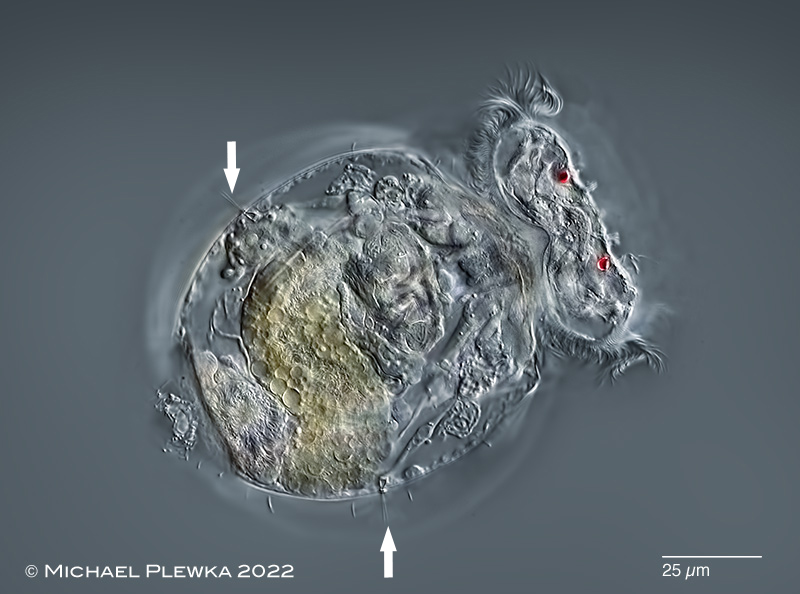 |
| Pompholyx sulcata; the arrows point to the bristles of the lateral antennas. (4) |
| |
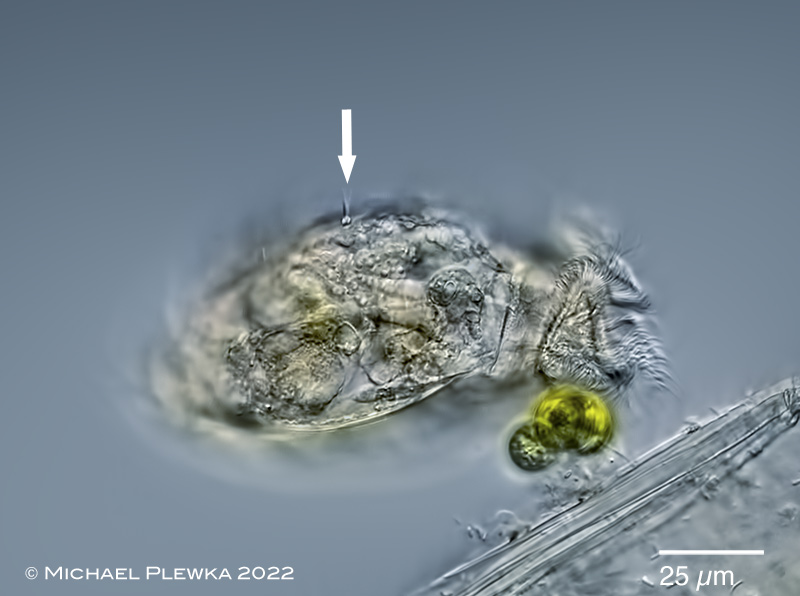 |
| Pompholyx sulcata; the arrow points to the bristles of the dorsal antenna. The green alga is an epibiontic euglenid flagellate attached to a Polyarthra rotifer, the fins of which are visible here. (4) |
| |
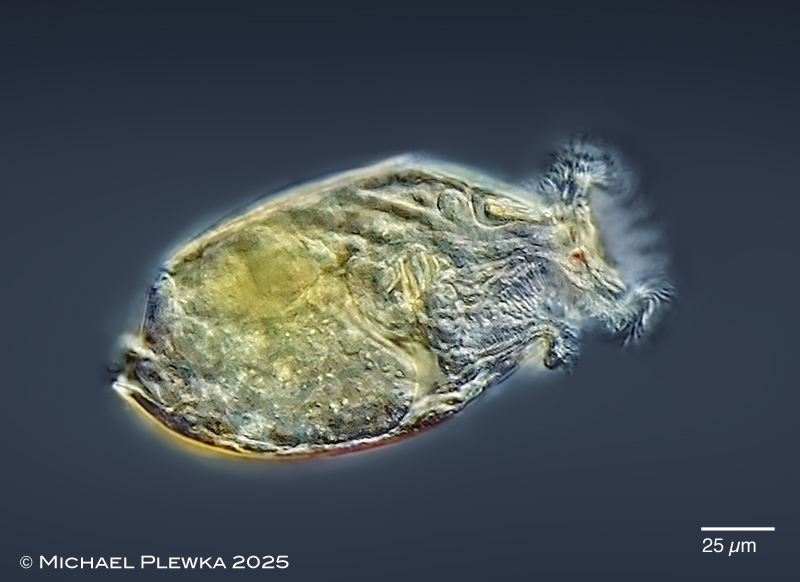 |
| Pompholyx sulcata; lateral view; optical longitudinal section with focal plane on the buccal tube. (7) |
| |
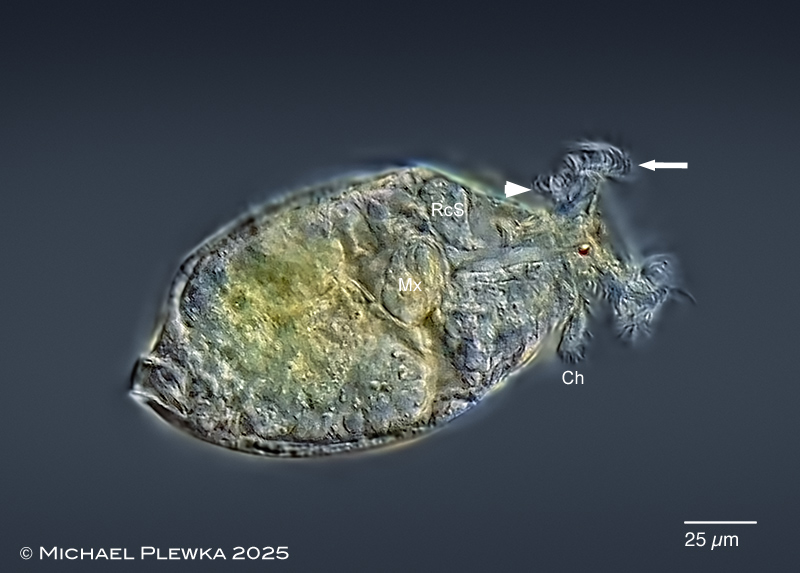 |
| Pompholyx sulcata; same specimen, lateral view; optical longitudinal section with focal plane on one of the eyespots. The curvature of the trochal cilia (arrow) and the cilia of the cingulum (arrowhead) suggests that the effective stroke of the trochal cilia is backwards, whereas that of the cilia of the cingulum is forward. This species has a "chin" (Ch) like some notommatid species. Mx: Mastax with trophi; RcS: retrocerebral sac. (7) |
| |
| |
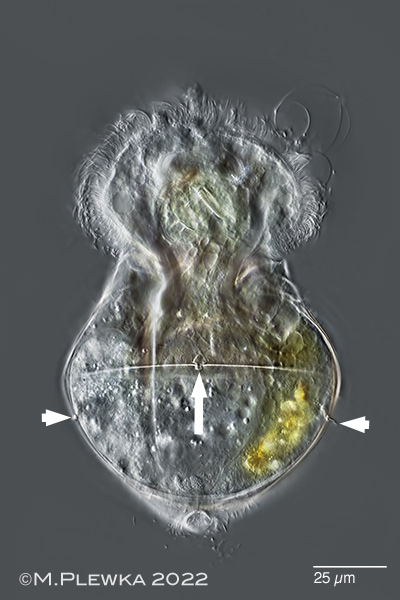 |
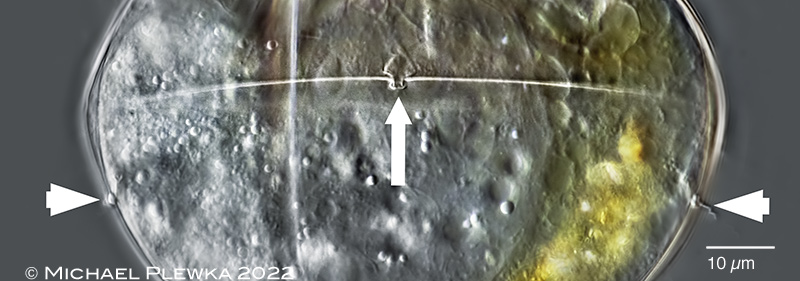 |
| Pompholyx sulcata; upper image: specimen compressed for trophi maceration. The crop of the upper image shows the openings of the lateral anttennas(arrowheads) and the dorsal antenna (arrow). (4) |
| |
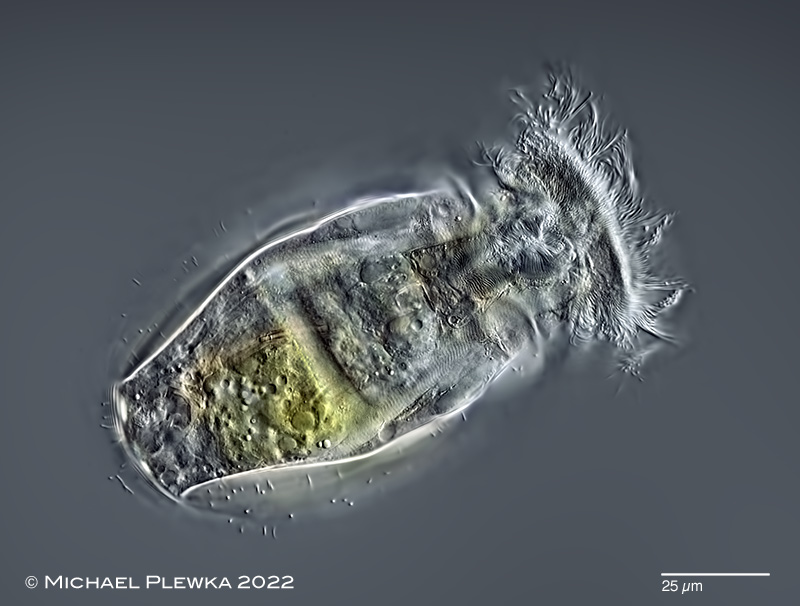 |
| Pompholyx sulcata; ventral view; focus plane on the longtudinal folds of the trunk.(4) |
| |
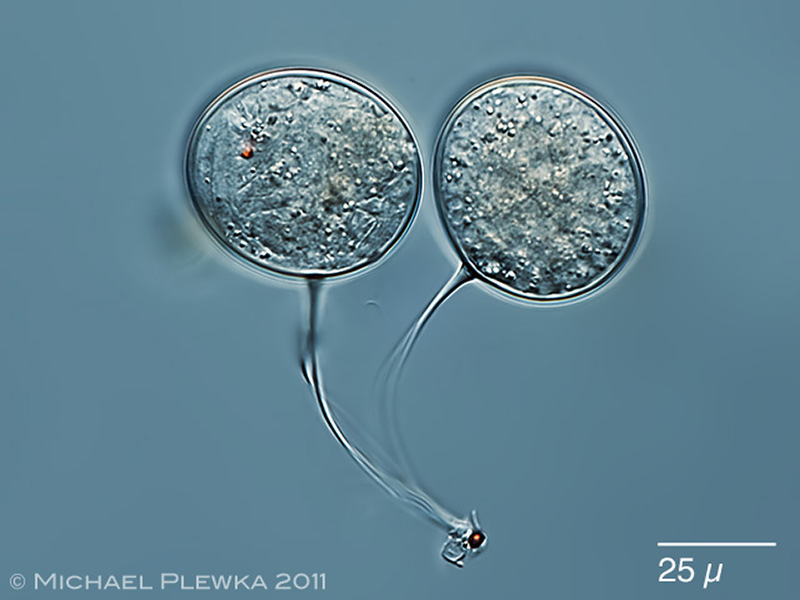 |
| Pompholyx sulcata; two amictic eggs that have been accidently released from the mother (5) |
| |
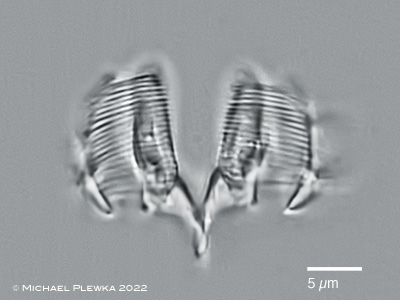 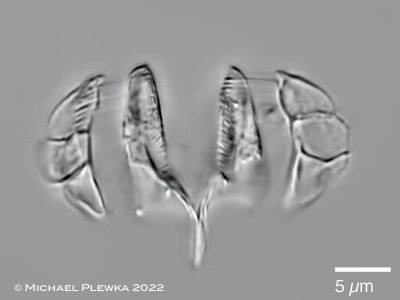 |
| Pompholyx sulcata; malleoramate trophi. Left: focus plane on the unci;right: focus plane on the manubria and incus. (4) |
| |
 |
| Pompholyx sulcata; specimen with retracted corona (1) |
| |
|
|
| |
| |
|
Location (4); (6): water reservoir Heilenbecker Talsperre; Ennepetal, NRW, Germany |
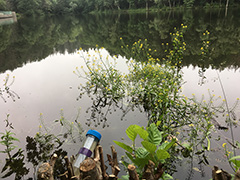 |
| |
| Habitat (4); (6): plankton |
| |
| Date (4): 08.07.2022 ; 25.07.2025 (6) |
| |
|
|
|
|
|
| Location: Sprockhövel Schee, NRW; Germany, fishpond (1); pond (2);(3); Glörtalsperre, NRW, Germany (5) |
| Habitat : Plankton / Detritus (1); (2);(3), (5) |
| Date: 01.08.2007 (1); 15.10.2011 (2): 23.10.2011 (3); 28.05.2011 (5); |
|
|